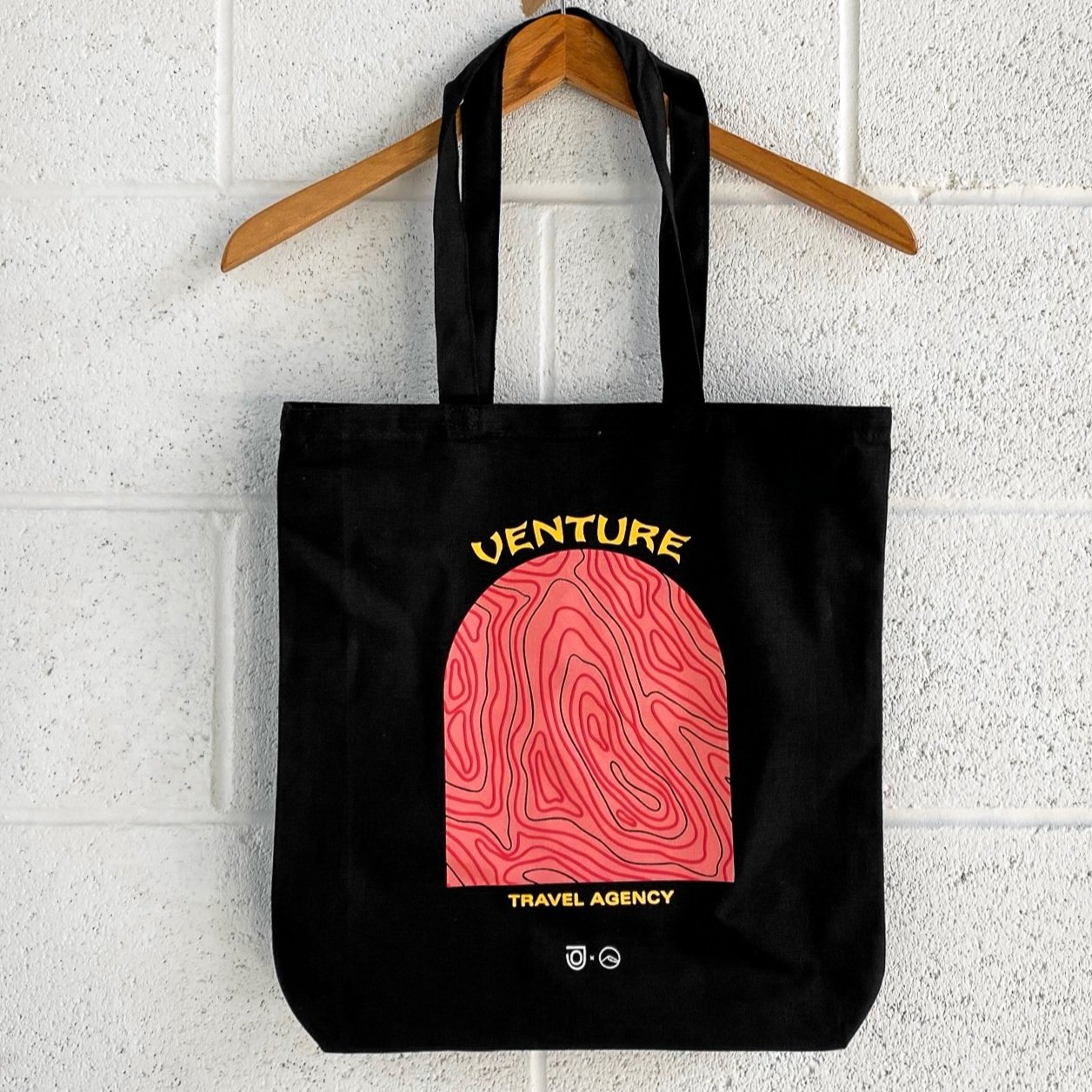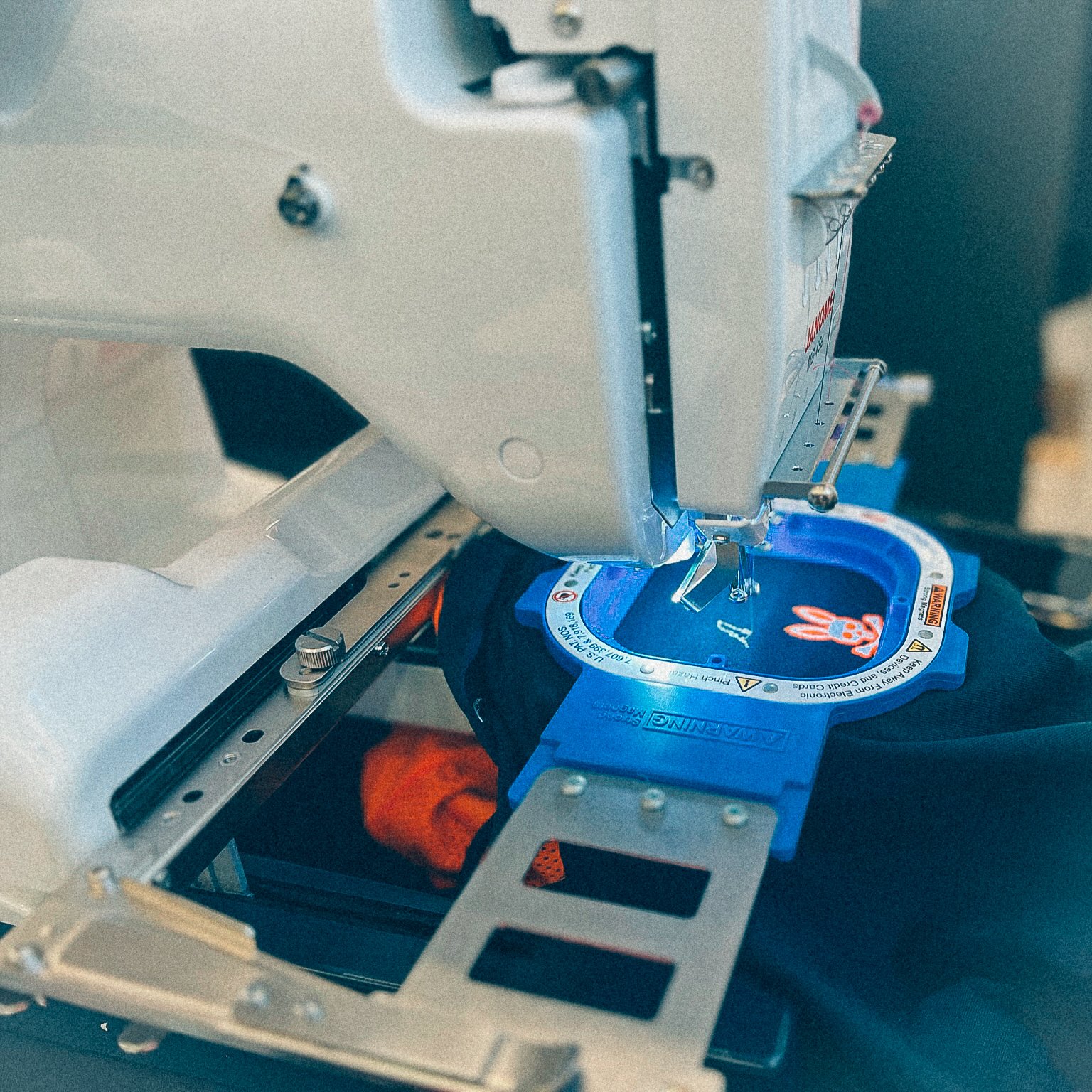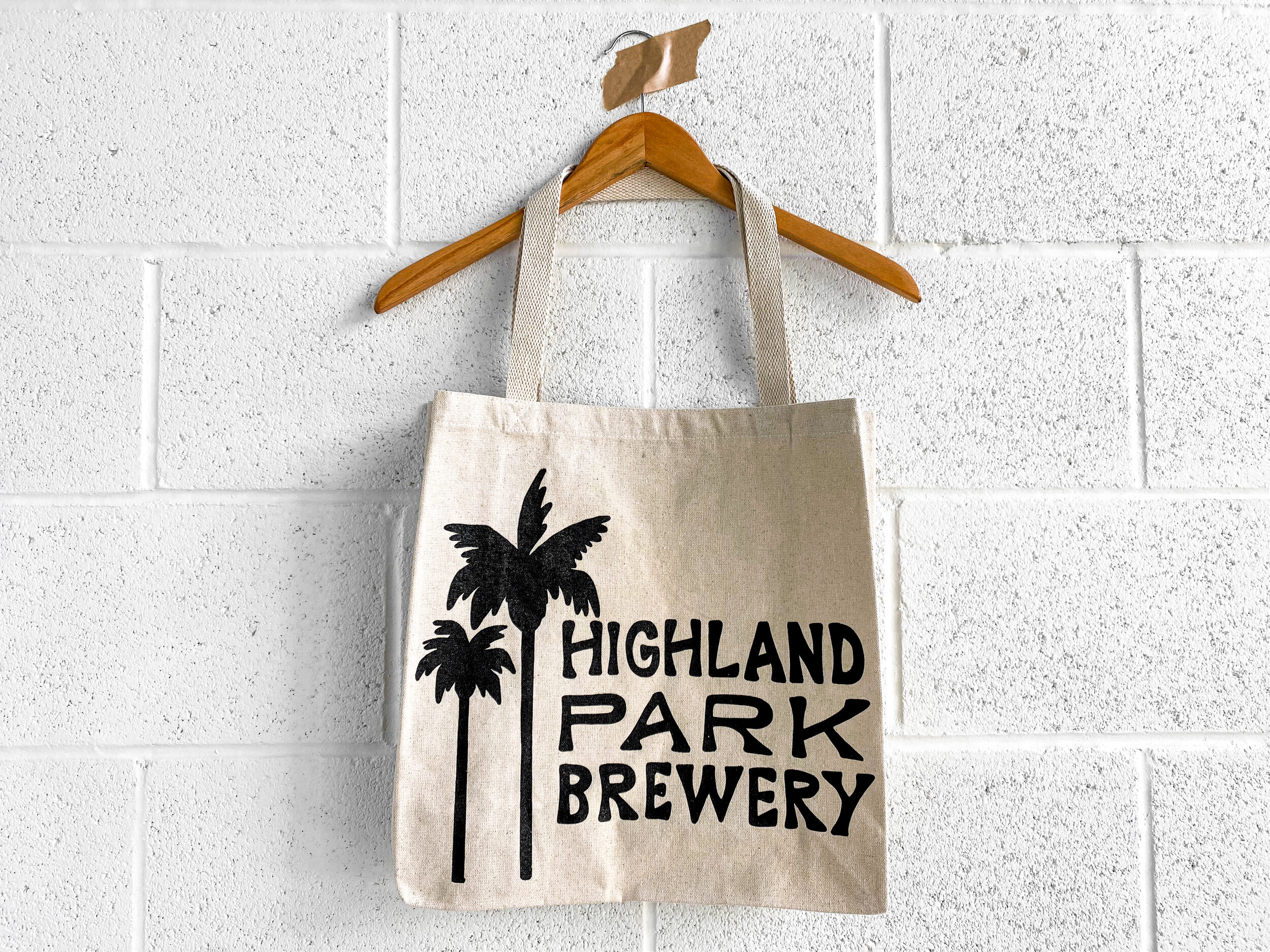In today's competitive marketplace, custom merchandise has surged as a crucial component of the marketing mix. This strategy involves creating personalized products that resonate with a brand’s identity, ranging from apparel and accessories to office supplies and gadgets. The trend towards personalized products reflects a broader shift in consumer preferences towards more authentic and bespoke experiences, making custom merchandise a vital tool for businesses looking to stand out.
This article delves into the transformative impact of custom merchandise on brand visibility. By leveraging personalized items, companies can not only strengthen their brand identity but also ensure that their marketing messages resonate more deeply with their audience. The goal is to uncover why incorporating custom merchandise into your marketing strategy is not just a trend, but a fundamental aspect of building a memorable brand in a cluttered market.
The Power of Custom Merchandise in Branding
Custom merchandise offers a unique opportunity to embed your brand into the daily lives of your customers. By designing items that are not only useful but also aesthetically pleasing, businesses can create lasting impressions that reinforce their brand identity. This approach transforms ordinary objects into powerful branding tools, continually reminding customers of the brand every time the item is used.
The beauty of custom merchandise lies in its ability to maintain brand visibility outside of conventional advertising spaces. Whether it's a branded tote bag carried through the city or a custom coffee mug used during Zoom meetings, these items keep your brand front and center. This constant exposure helps maintain top-of-mind awareness among consumers, significantly boosting brand recall and increasing the likelihood of repeat engagements.
Strategic Integration into Marketing Campaigns
Integrating custom merchandise into your overall marketing strategy can amplify your brand’s message across various platforms. For example, merchandise can be used in tandem with social media campaigns by encouraging users to share photos of themselves with branded items. It also plays a crucial role during events and promotions, where merchandise can serve as a tangible reminder of the brand experience.
Economic Efficiency of Merchandise Marketing
When compared to traditional advertising methods like TV ads or billboards, custom merchandise can be a more cost-effective solution with a potentially higher return on investment. Merchandise creates physical touchpoints with consumers, offering a durable form of advertising that extends beyond a one-time exposure.
Unlike fleeting ad campaigns, the tangible nature of merchandise ensures that your brand remains in the consumer’s life for an extended period. This longevity translates into prolonged marketing benefits, as each item continues to reinforce brand loyalty and recognition long after the initial distribution.
Designing Effective Merchandise
Successful merchandise design starts with a deep understanding of your target demographic. Knowing the preferences, lifestyles, and needs of your audience allows you to create items that are genuinely appealing and frequently used, ensuring more visibility.
The most effective merchandise combines aesthetic appeal with practicality. Items should be visually striking to grab attention and crafted with quality to ensure they are kept and used regularly. Branding should be seamlessly integrated into the design, enhancing the item without overwhelming it.
To stand out, businesses must think creatively about their merchandise. This might involve tapping into the latest tech trends, like AR-enabled wearables, or eco-friendly materials that resonate with environmentally conscious consumers. The key is to create products that not only serve a practical function but also tell a compelling story about the brand.
Implementing a Merchandise Strategy
Launching a custom merchandise strategy begins with identifying the goal of your campaign, be it increasing brand awareness, driving sales, or enhancing customer loyalty. Following this, businesses should select products that align with their branding and appeal to their target audience. It’s essential to establish a timeline and budget, taking into consideration the design, production, and distribution phases.
Partnering with the right vendors is crucial for producing high-quality merchandise. Look for suppliers who not only provide a wide range of products but also support custom designs and sustainable options. Ensuring the quality of your merchandise reflects the quality of your brand is paramount.
Measuring the Success of Merchandise Campaigns
To gauge the effectiveness of merchandise in marketing campaigns, it's crucial to focus on specific metrics that reflect both reach and engagement. Sales data, promotional code usage, and social media analytics provide tangible evidence of how well merchandise is resonating with your audience. Additionally, surveying customers on their satisfaction with and usage of the merchandise can offer insights into its practical impact. Tools such as Google Analytics and social media tracking platforms can be instrumental in capturing this data, allowing marketers to assess how merchandise drives traffic, converts leads, and fosters customer loyalty.
Beyond quantitative analysis, qualitative feedback is essential. Engage with your community through social media comments, direct feedback, and focus groups to understand the emotional and brand-connective impact of your merchandise. This feedback can reveal whether your items are cherished and used in the manner intended, or if they miss the mark in aligning with customer expectations and lifestyle. It’s also a way to gauge brand sentiment, which can be a more subtle but powerful indicator of a campaign’s success.
Establishing a clear set of KPIs (Key Performance Indicators) before launching a merchandise campaign is crucial. These could include increases in brand awareness, measured through social media mentions and website traffic, or direct revenue impact, such as sales attributed to promotional merchandise. Regularly reviewing these KPIs allows for ongoing adjustments and optimizations, ensuring that the merchandise continues to serve as a valuable and effective component of the broader marketing strategy.
Overcoming Challenges in Merchandise Marketing
One common obstacle in merchandise marketing is aligning the product selection and design with the brand identity and customer preferences. To overcome this, businesses should conduct thorough market research and gather customer insights before product development begins. This strategy ensures that the merchandise not only stands out but also resonates deeply with the target audience, enhancing overall campaign effectiveness.
Another challenge involves logistics and inventory management, especially for businesses that are new to merchandise marketing. Overstocking can lead to unnecessary costs, while understocking can miss sales opportunities and customer dissatisfaction. Implementing a just-in-time production strategy or working with a demand-driven manufacturing partner can mitigate these risks. These approaches allow for more flexible inventory management and reduce the financial strain associated with large upfront production runs.
Finally, maintaining high-quality standards while keeping costs manageable is a delicate balance that can impact the perceived value of the merchandise. Partnering with reliable suppliers and manufacturers who understand your quality expectations and can scale with your needs is critical. Additionally, regular quality checks and staying actively involved in the production process can help in maintaining the integrity of the final product, ensuring that each item reflects well on the brand and meets customer expectations.
Conclusion
Custom merchandise is a powerful tool for enhancing brand visibility. It offers a unique blend of practicality and creative expression, allowing brands to make a lasting impression in the consumer’s mind and maintain visibility in everyday life. Integrating merchandise into broader marketing strategies enhances its impact, providing a cost-effective solution with long-lasting benefits.
Looking for The Best Merch printer?
send us an e-mail at quotes@familyindustriesla.com, or give us a call at 323.227.1547 and we'd be happy to help.
Our showroom at 2755 Fruitdale Street, Los Angeles, CA 90039 is open by appointment only from 10 am - 4 pm Monday through Friday.
Follow us on Instagram and Facebook
For FAQ, check out our site!
For any inquiries, send us a message!
OR
send us an e-mail at quotes@familyindustriesla.com





































